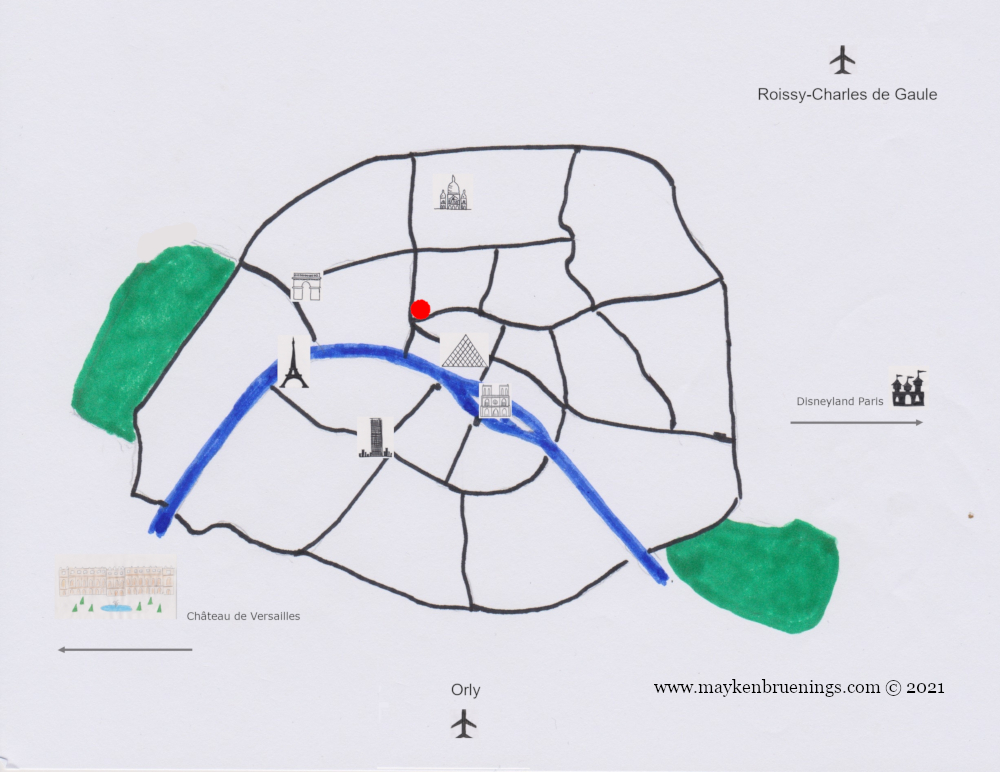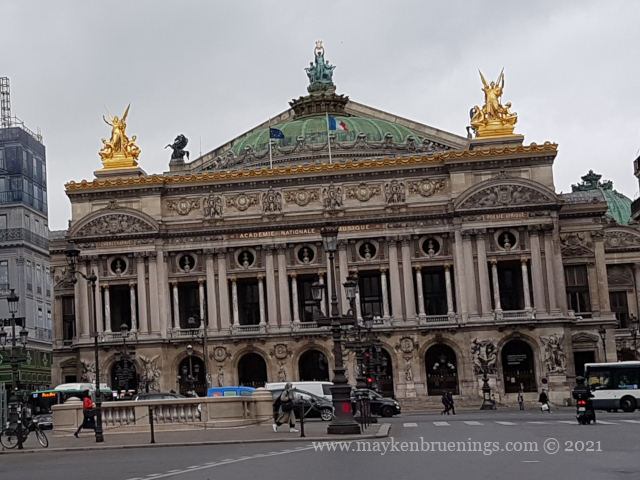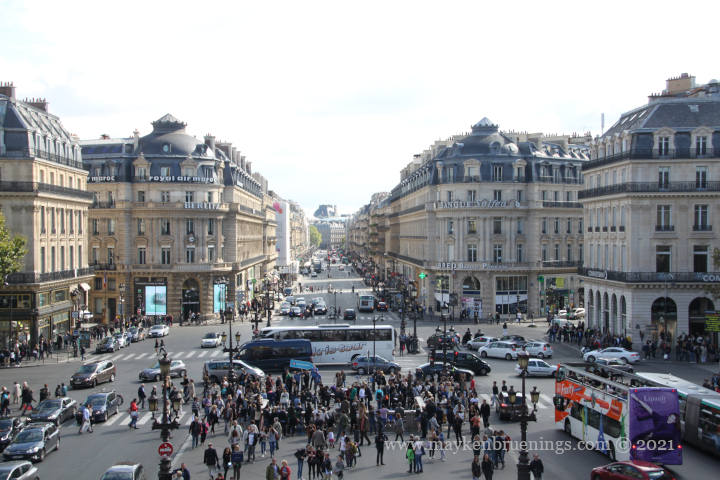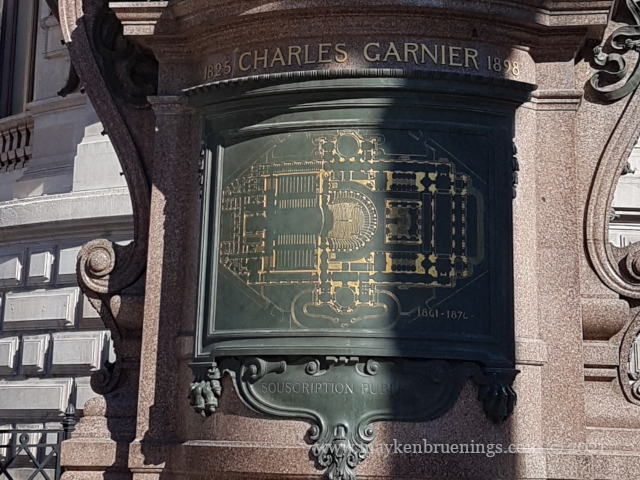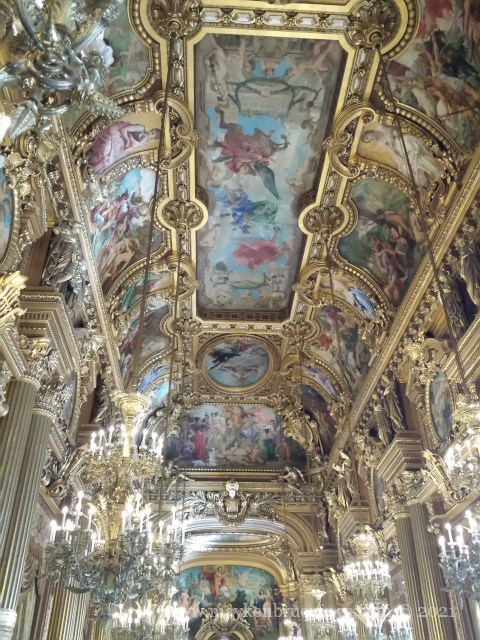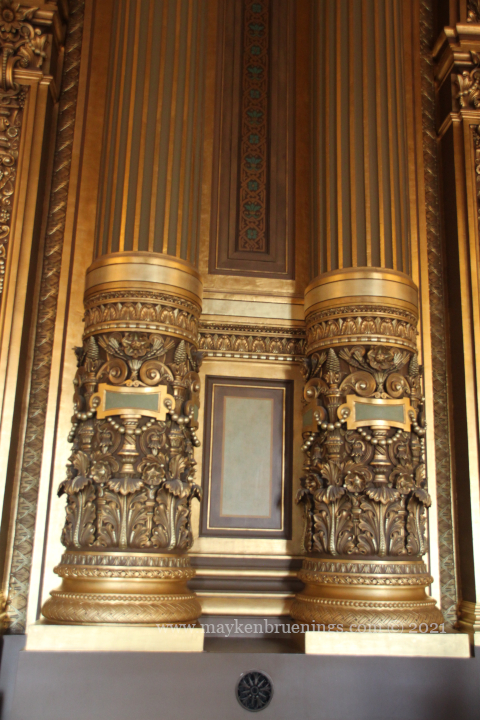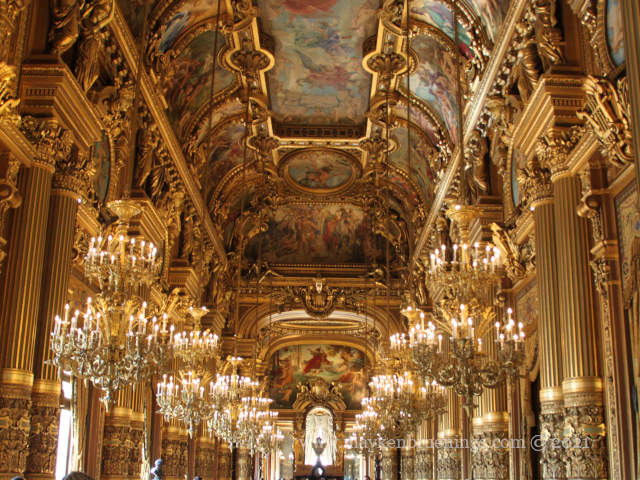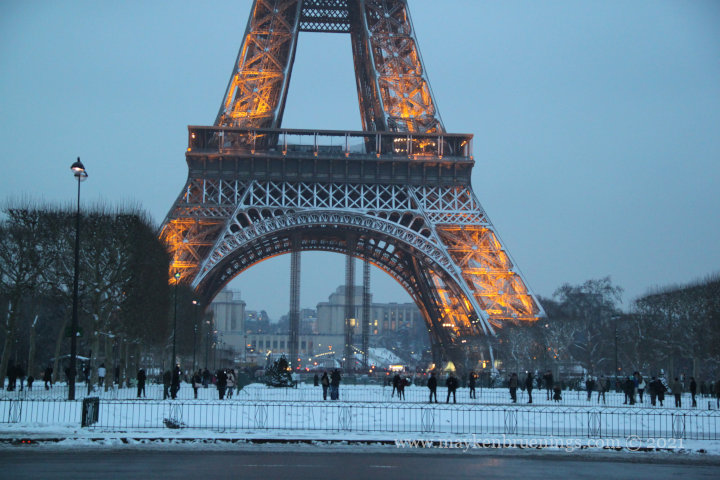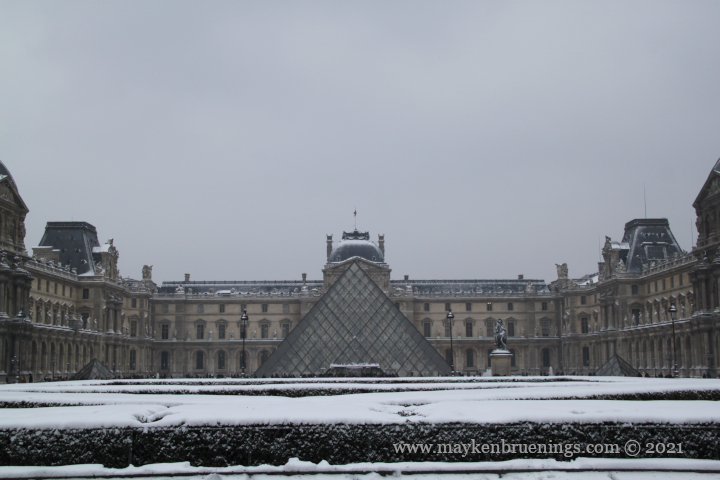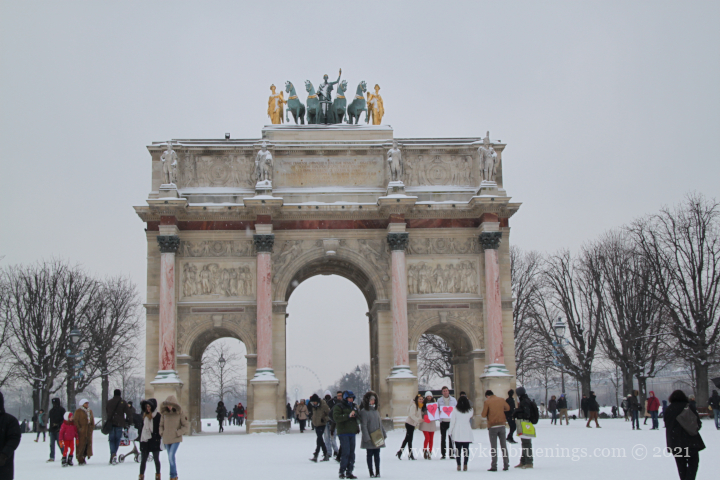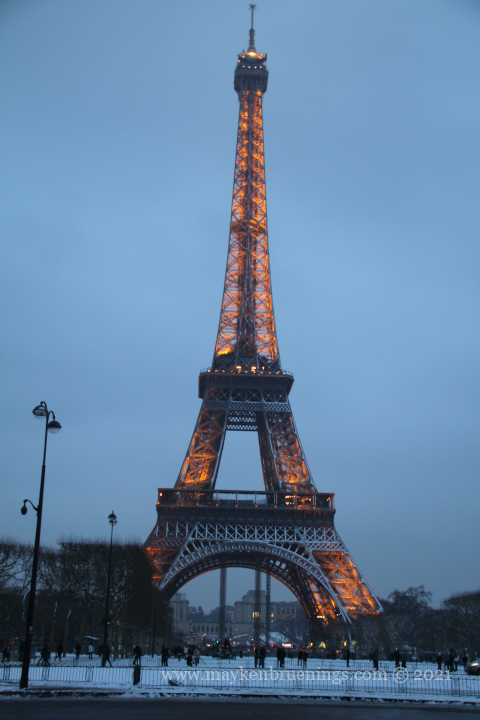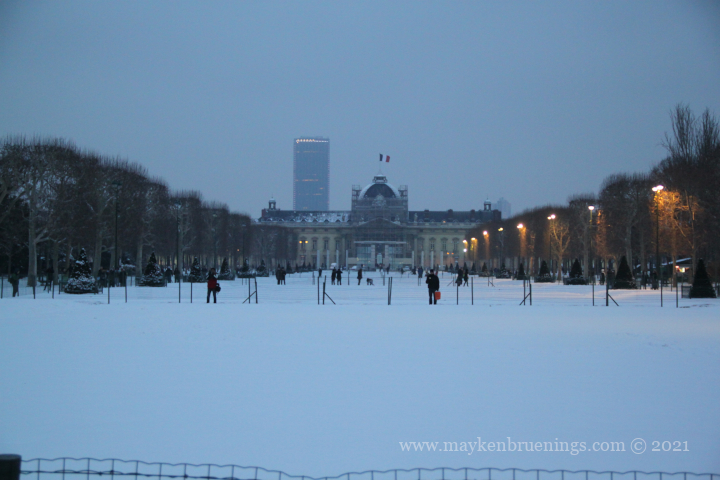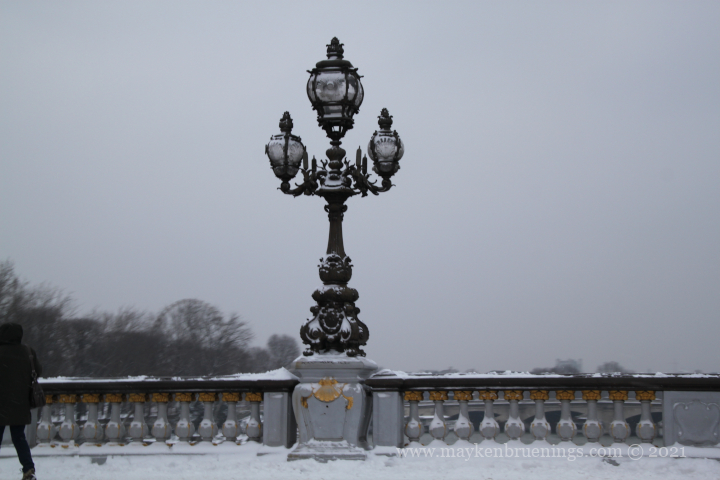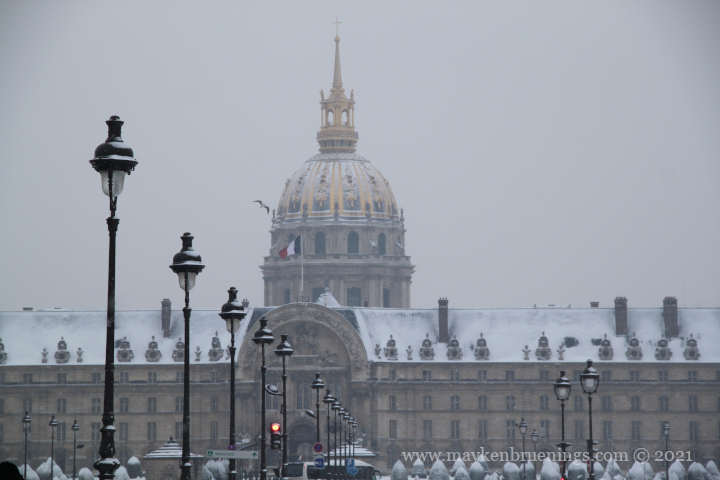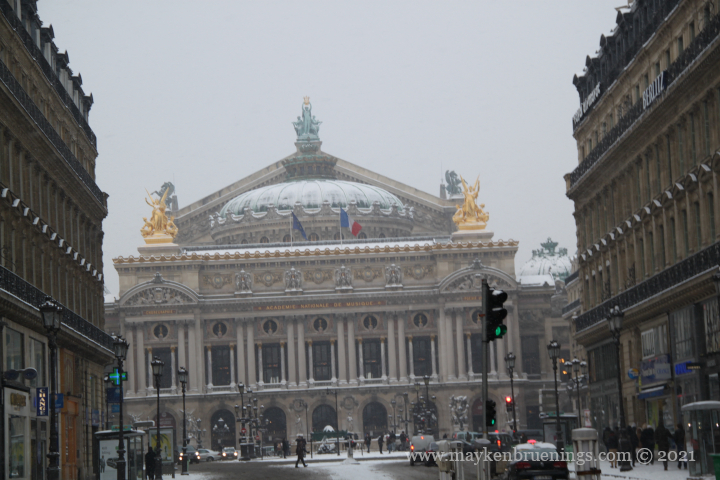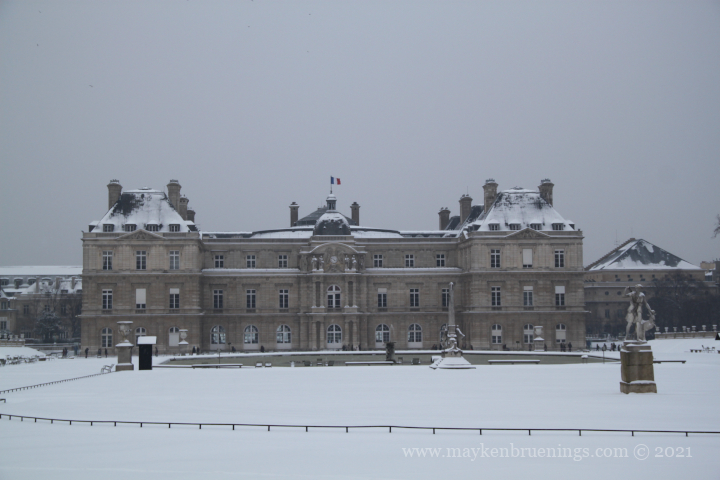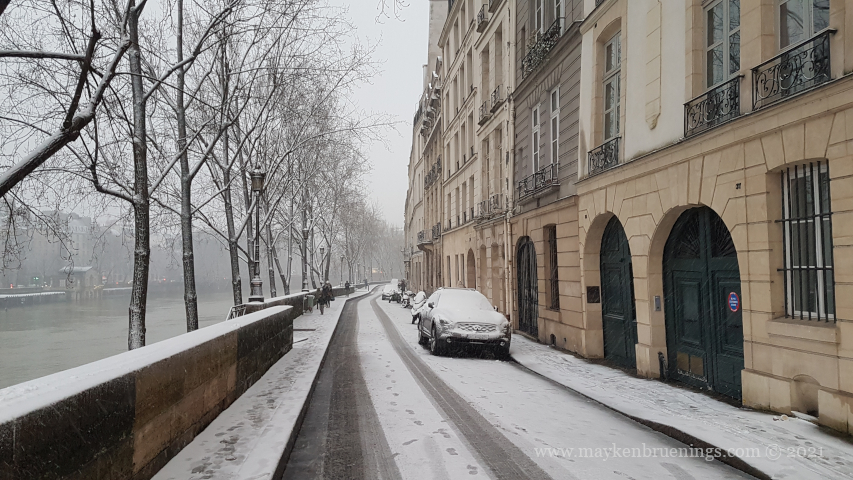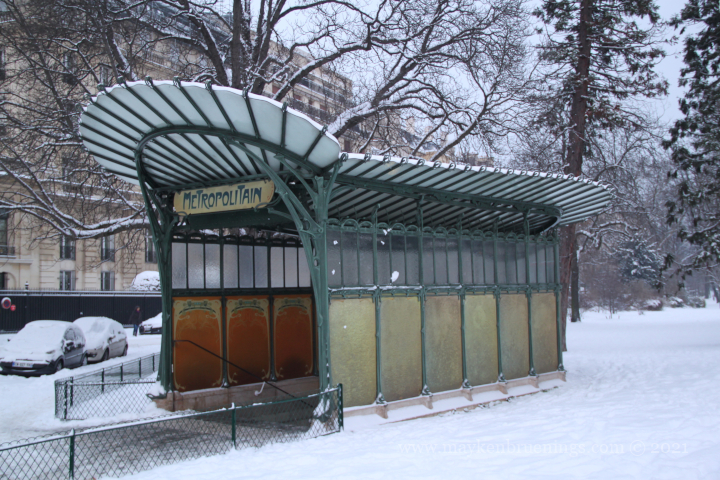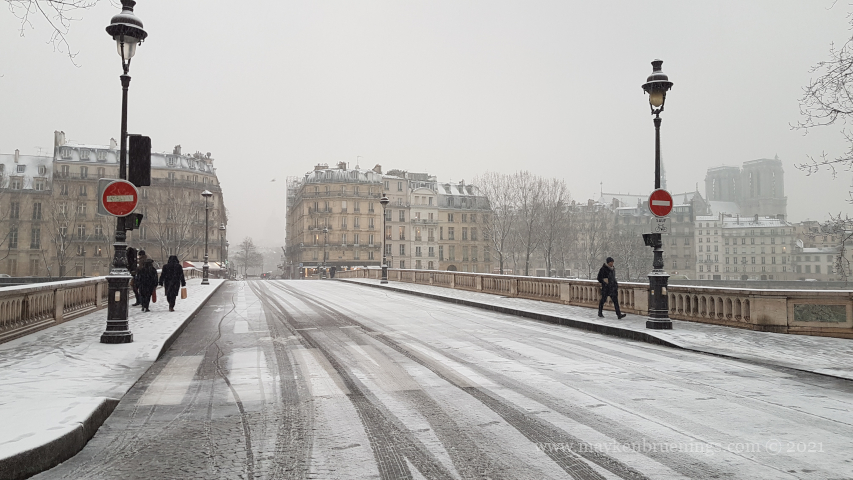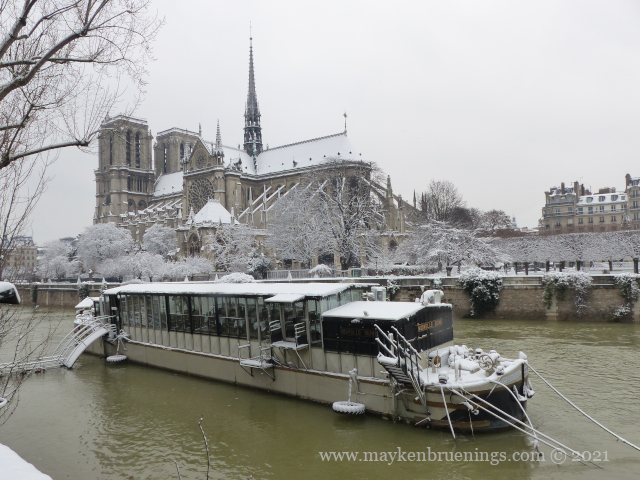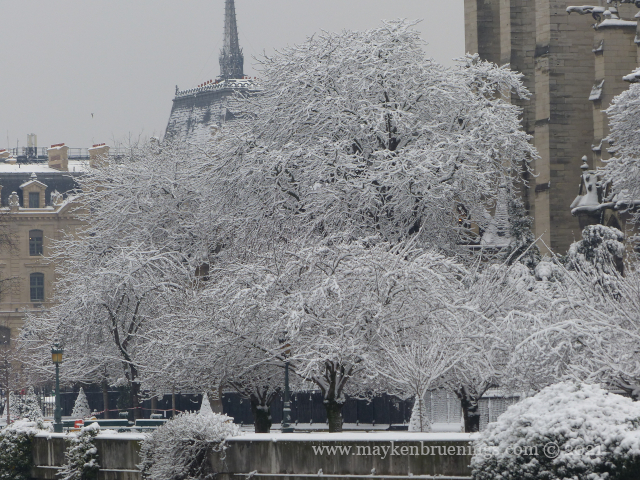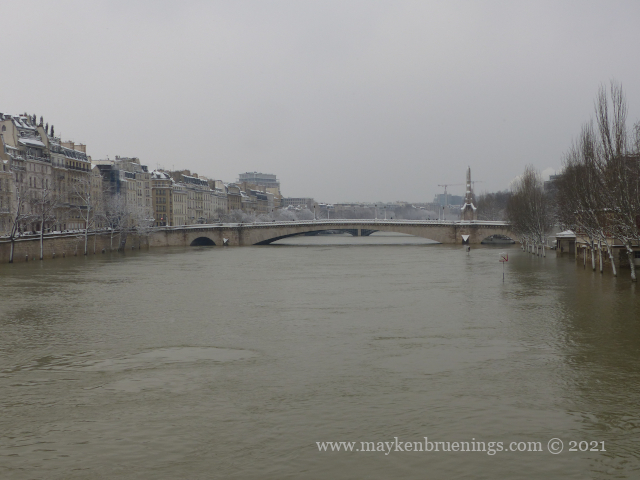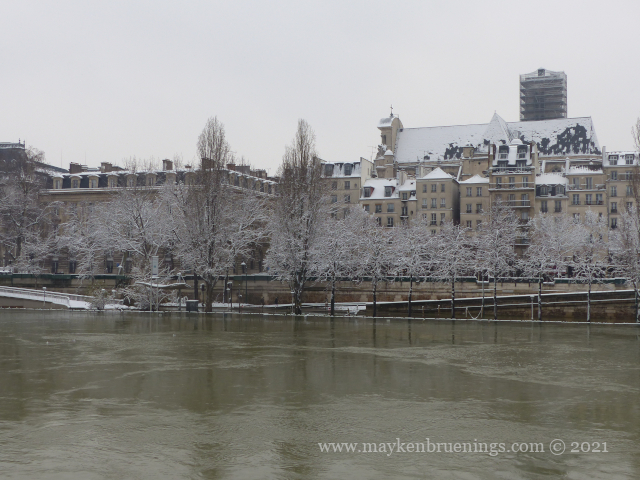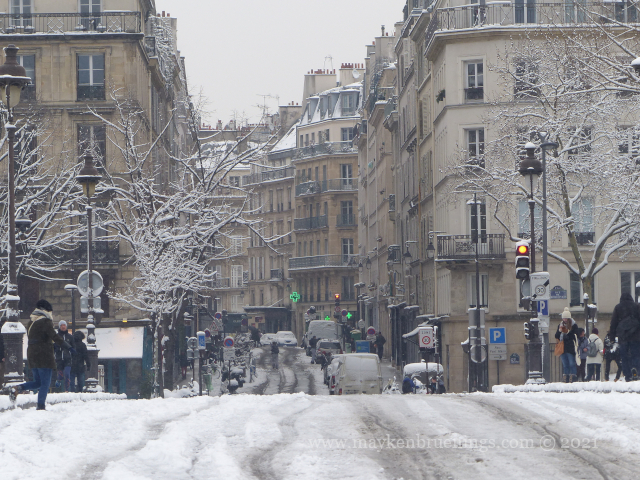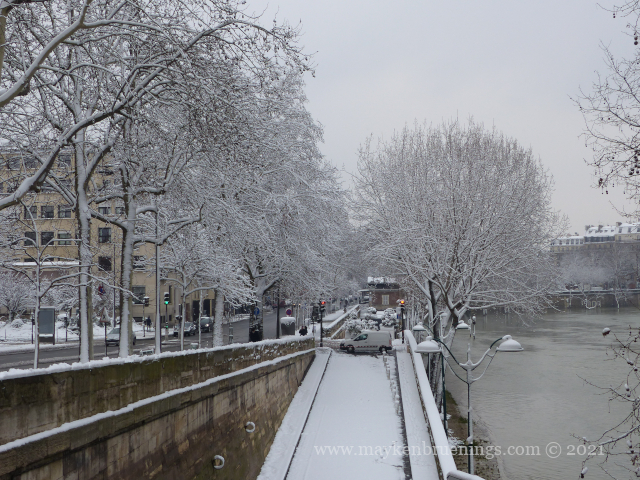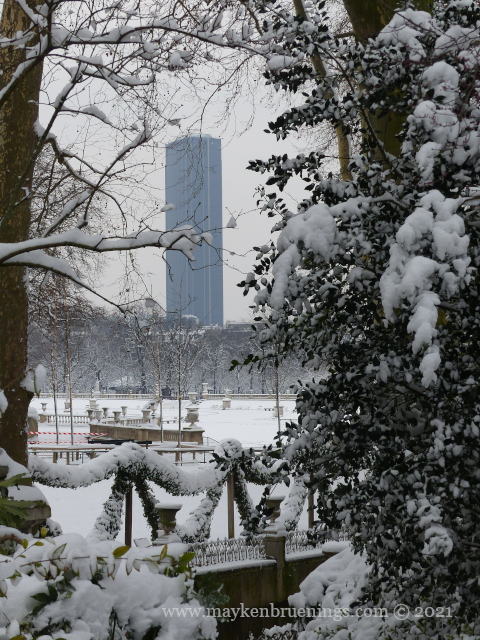One Friday night when I was marshal at the Paris inline skate, I chatted with some tourists while guarding an intersection on the Avenue de l’Opéra. The tourists were from the U.S., and I told them that the opera building they could see at the end of the avenue was indeed the one with the phantom and the underground lake.
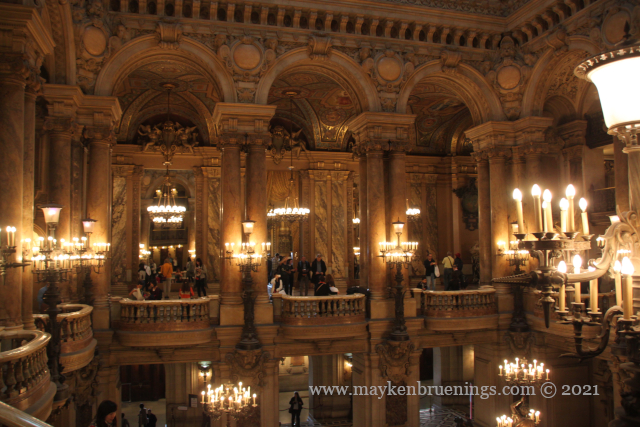
There are many tales about the phantom and how a real person might have inspired Gaston Laroux’ story (which became the basis for Andrew Llyod Webber’s musical), but the lake is real.
Remember the problem with the high groundwater level I mentioned in my previous post?
The building site was swampy, and water rising from below hampered the construction until finally, they encased the “lake” and used the weight of the water in the foundation of the building. The cistern remains accessible, but you can’t take a boat to row across it. However, the Paris fire-fighters use it for diving training.
But the phantom? A combination of mysterious noises during the first shows, rumors about an underground lake and the never fully explained accident in 1896, when the counterweight of the chandelier fell down and killed the concierge.
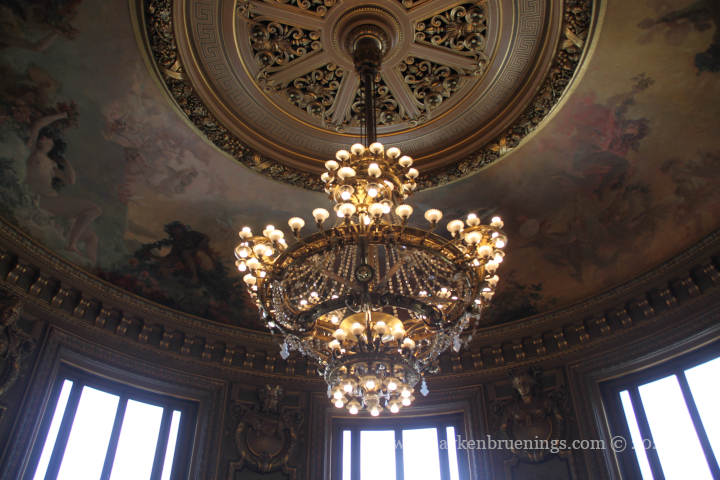
Box number five is still reserved for the phantom, as the Opéra Garnier itself confirmed in a Museum Week tweet a few years ago:
